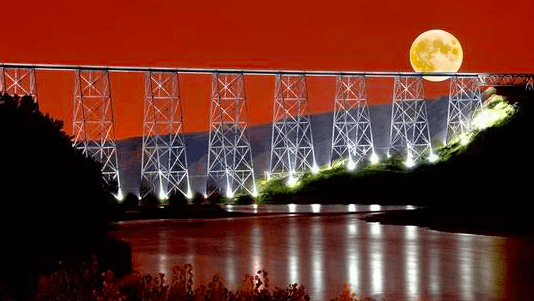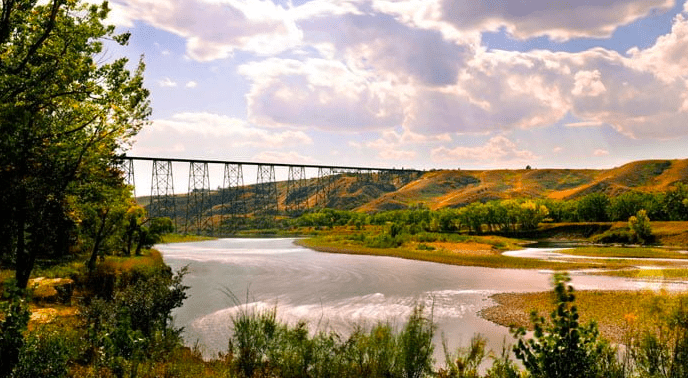Lethbridge History
The Early Days
Lethbridge, Alberta, boomed in the late 19th century. On April 17, 1891, it officially became a town. The Canadian Pacific Railway’s expansion fueled its growth, turning a small settlement into a thriving community. Fertile soil and water from the Oldman River fueled agricultural success. Lethbridge became a trade, agriculture, and transportation hub, shaping southern Alberta. Today, it’s a vibrant city blending history, modernity, and a strong community.
The Blackfoot
Lethbridge, Alberta is a city located in the southern part of the province, near the border with Montana in the United States. The area has a rich history dating back to the arrival of the First Nations peoples, and later the arrival of European settlers in the late 19th century.
The Blackfoot people were the first inhabitants of the region, and they called the area Blackfoot Crossing. The first European to explore the area was explorer David Thompson, who arrived in 1807. The North West Mounted Police established a fort in the area in 1875, which helped to spur settlement and development in the region.
Please Fill The Form
High Level Bridge
In the late 19th century, the Canadian Pacific Railway arrived in the area, which led to a significant increase in settlement and development. The city of Lethbridge was officially incorporated in 1885, and quickly grew into a major economic hub for the region.
One of the most significant landmarks in the city’s history is the High Level Bridge, which was completed in 1909. The bridge spans the Oldman River and connects the city’s north and south sides. The bridge is a Canadian National Historic Site, and remains a major transportation link for the city to this day.
Another important landmark in the city’s history is the Galt Museum & Archives, which was established in 1966. The museum tells the story of the city and the region, from the arrival of the First Nations peoples to the present day. It features a wide range of exhibits, including artifacts from the Blackfoot people, as well as the history of the Canadian Pacific Railway and the city’s early settlers.



Henderson Lake Park
The Henderson Lake Park is also an important landmark in the city’s history, as it was one of the first public parks in the city and it was opened in 1903. The park features a lake, walking paths, and a variety of recreational opportunities. The park is also home to the Sir Alexander Galt Museum, which tells the story of the city’s founder and early industrialist, Sir Alexander Galt.
Another notable landmark in the city is the Lethbridge College, which was established in 1957 as the first college in Alberta. The college has grown significantly over the years and now offers a wide range of programs and services to students. The college is known for its strong programs in the trades and technology, and it is home to the Southern Alberta Institute of Technology.
In addition to these landmarks, there are many other significant buildings and sites throughout the city that reflect its history and heritage. The city has several historic homes and buildings that have been preserved and are open to the public. The city also has a number of parks and green spaces, including the Helen Schuler Nature Centre and Indian Battle Park, which offer visitors the opportunity to explore the natural beauty of the region.
In conclusion, Lethbridge, Alberta has a rich history that dates back to the arrival of the First Nations peoples, and later the arrival of European settlers in the late 19th century. The city has several landmarks that reflect its history and heritage, such as the High Level Bridge, Galt Museum & Archives, Henderson Lake Park, Sir Alexander Galt Museum, Lethbridge College, and many other significant buildings and sites throughout the city that reflect its history and heritage.
Check our West Lethbridge Appliance Repair

